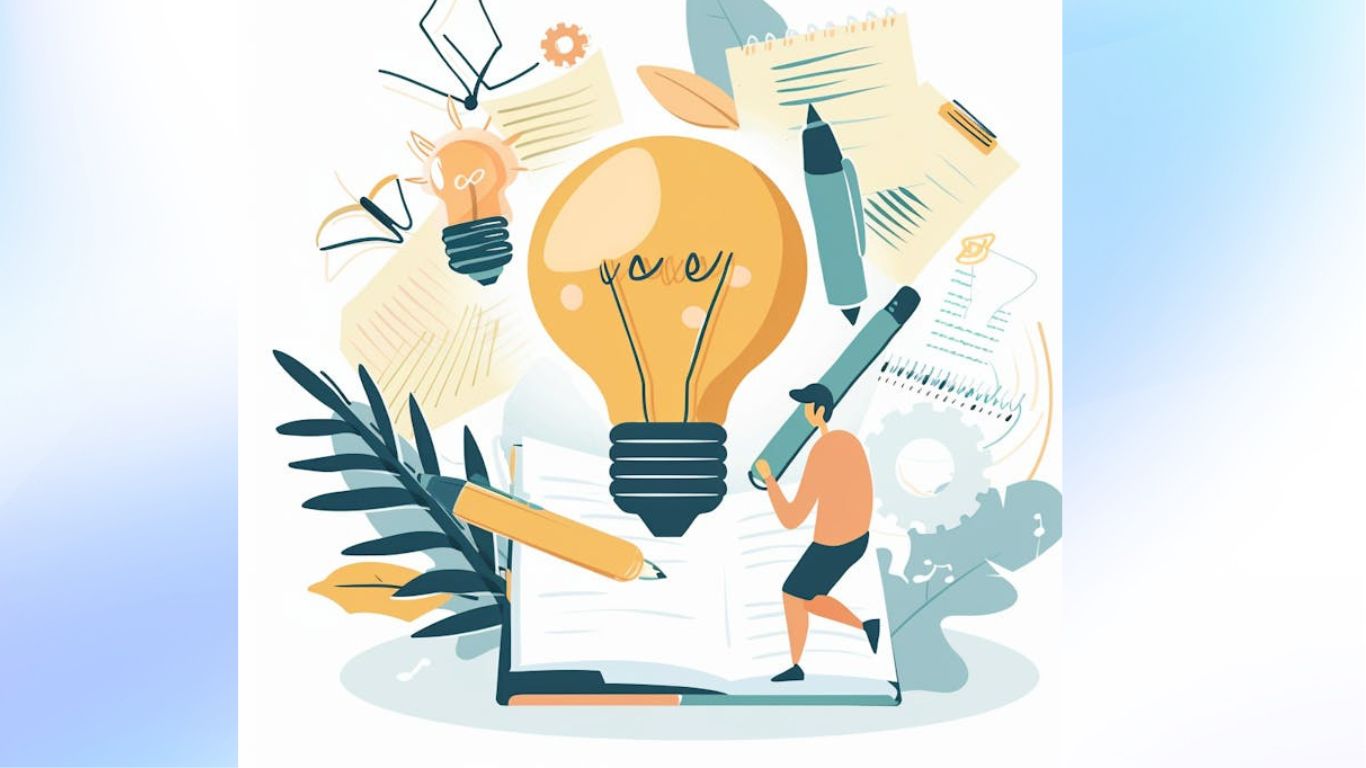You read a lot, but time is tight. You need to condense articles quickly without falling into the plagiarism trap. Summarize any article in just a few lines while maintaining originality and integrity. This guide provides simple steps to help you condense content effectively without falling into the plagiarism trap.
Explore 6 key steps: from close reading and paraphrasing to source attribution and clarity checks. Use the interactive table of contents to navigate each technique and focus on what matters most to you. Ready to start? Let’s go!
What does it mean to summarize without plagiarizing ?
Summarizing involves extracting key information and condensing it while preserving the original meaning. Without plagiarism, it’s about rewriting ideas in your own words and attributing the source to uphold intellectual property rights. It’s a balance between efficiency and ethical writing practices.
Why originality matters
Whether it’s for academic papers, professional reports, or SEO-optimized blog posts, originality is non-negotiable. A plagiarized summary can damage your credibility, lead to penalties, or even legal consequences. So, how do you do it right? Follow this guide.
Step-by-step guide to summarizing without plagiarism
1. Perform a close reading
Before summarizing, analyze the text thoroughly. The first read gives you an overview. The second helps you identify core arguments, supporting evidence, and conclusions.
- Identify the thesis statement: What’s the central claim or purpose of the article?
- Spot the main arguments: What points are used to support the thesis?

You can use our features like focus and explore to better understand your text.
2. Extract key information
Once you understand the article, highlight or annotate the essential elements:
- The central thesis
- Key data points or empirical evidence
- Recurring themes or patterns
Avoid tangential details. A strong summary is concise and focused on the main ideas.
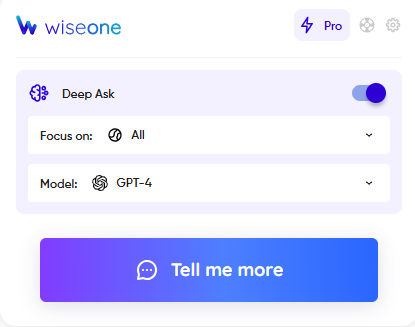
3. Paraphrase with precision
This is where the magic happens. Rephrase the ideas in your own words while maintaining the original meaning.
- Use plain language and avoid overly complex syntax.
- Replace technical jargon with simpler terms unless contextually necessary.
Example:
Original: “Climate change has a significant impact on marine ecosystems.”
Paraphrase: “Global warming severely disrupts ocean biodiversity.”
4. Condense the content
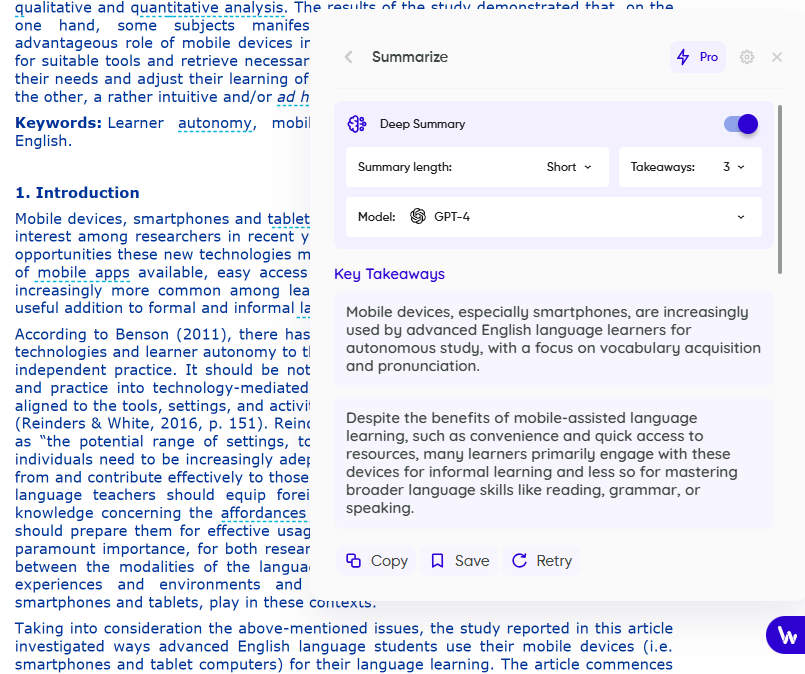
Simplify complex concepts and eliminate redundant information. Your summary should be succinct yet comprehensive.
- Focus on core ideas and critical insights.
- Remove repetitive examples or minor details.
5. Attribute sources correctly
Even when rewritting, cite the original author to avoid plagiarism accusations.
- Use quotation marks for verbatim text.
- Follow citation styles like APA, MLA, or Chicago to credit the source properly.
6. Review for clarity and originality
Before finalizing, proofread your summary:
- Is it coherent and easy to understand?
- Have you avoided unintentional plagiarism?
Use tools like Grammarly’s plagiarism checker or Copyscape to ensure content uniqueness.
Common mistakes to avoid
Overloading with details or copying verbatim
Including excessive details or copying text verbatim without proper citations constitutes plagiarism. A summarizing tool without plagiarizing ensures that your summary remains concise and focused on key ideas. Copying directly from the source without quotation marks is considered plagiarism and can lead to serious consequences in academic writing. To create the best summary, avoid overloading with unnecessary details and stick to the core arguments.
Omitting critical arguments
Accurate condensation requires including all essential arguments and avoiding the omission of critical elements. Skipping main points can result in a misleading summary and may fall into the type of plagiarism known as content misrepresentation. Using a summarizer tool can help extract the main thesis and critical insights to ensure the summary remains true to the original text. This approach enhances clarity and relevance in your summary, especially in academic or professional contexts.
Failing to attribute sources
Neglecting to cite the source is a violation of academic integrity and can damage your credibility. Even when paraphrasing without plagiarism, you must attribute ideas to the original author to avoid plagiarism in your text. Proper citation formats (APA, MLA, Chicago) and a complete bibliography help maintain your credibility and protect your work from plagiarism accusations. Always include in-text citations and a reference list to support your claims.
Summarizing content effectively using AI, focus on Wiseone.io
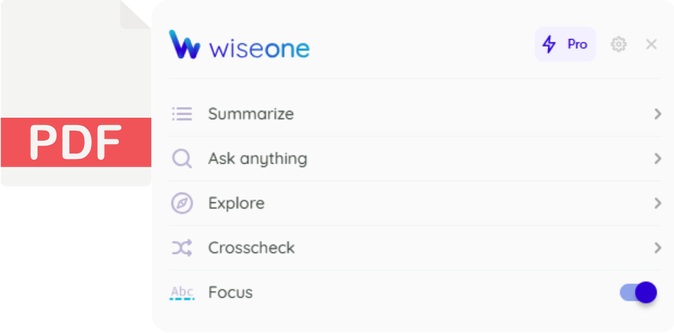
You can summarize any document, whether it’s online or offline.
With the surge of content across the web, summarizing long articles efficiently without sacrificing originality is more important than ever. AI-powered tools like Wiseone.io have revolutionized how we condense information while ensuring accuracy and ethical writing practices. These tools analyze large chunks of text, identify key points, and deliver a cohesive summary in seconds, saving you hours of manual effort.
What is Wiseone.io ?
Wiseone.io is an innovative tool designed to help users quickly summarize any article while preserving its meaning and avoiding plagiarism. Its powerful summarizer engine relies on natural language processing (NLP) to produce human-like summaries with impeccable accuracy. Whether you’re a student, content marketer, or researcher, Wiseone.io makes summarizing faster and easier.
Key features of Wiseone.io
- Instant Summaries: Generate concise, well-structured summaries in seconds.
- No Plagiarism Guarantee: The tool rephrases content while maintaining originality and unique expression.
- Context Preservation: Summaries retain the core message and context, even when condensing complex concepts.
- SEO-Friendly: Wiseone.io also helps bloggers and content marketers create optimized meta descriptions and summaries for web content.
Example of AI summarization with Wiseone.io
Original:
“Artificial intelligence is reshaping industries by automating tasks, improving efficiency, and enabling data-driven decisions.”
AI-Generated Summary:
“AI transforms industries by automating tasks and enhancing data-driven efficiency.”
Tools and techniques for effective summarization
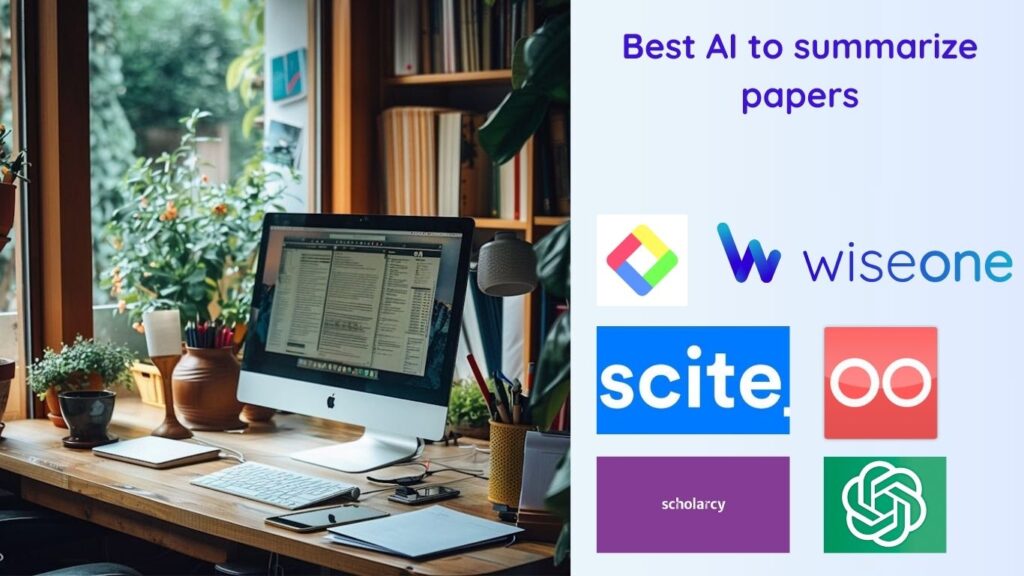
Summarizing content effectively requires a combination of the right tools and smart strategies. Whether you’re a student, a researcher, or a content marketer, these tools help ensure originality and precision in your summaries. Let’s break it down:
AI-powered tools for paraphrasing and plagiarism checking
- Grammarly: More than just a grammar checker, Grammarly’s advanced features include AI-driven paraphrasing and plagiarism detection. It highlights duplicated content and suggests rephrased alternatives, helping you refine your text while maintaining clarity and tone. Perfect for academic papers and professional writing.
- QuillBot: This tool focuses on rewriting text accurately, ensuring that the original meaning is preserved while offering multiple paraphrasing modes (standard, creative, concise). QuillBot’s built-in thesaurus helps simplify complex sentences, making it ideal for generating fresh content from existing ideas.
- Copyscape: A widely trusted tool for detecting duplicate content, Copyscape scans your text and compares it to millions of pages across the web. It’s an essential tool for bloggers and marketers looking to ensure content uniqueness and avoid SEO penalties.
Advanced note-taking strategies
- Concept Mapping: This visual approach helps you organize ideas and identify relationships between key concepts. By mapping out main points and subtopics, you can gain a clearer perspective on the content, making summarize more structured and logical.
- Cornell Method: This technique divides your notes into three sections,cues, notes, and summary,allowing for more organized and easy-to-review content. It’s especially useful for summarizing complex texts and retaining key information.
Verdict
Summarizing without plagiarizing is a skill that combines critical reading, effective writing, and ethical practices. By following these steps, you can create concise, original summaries that respect intellectual property. Read closely, extract key points, paraphrase precisely, condense effectively, cite properly, and revise thoroughly. With practice, it’ll become second nature.
What tools or techniques do you use for text summarizer ? Share your insights in the comments !
Frequently Asked Questions
Can ChatGPT summarize articles?
Yes, ChatGPT can paraphrase or summarize content effectively. However, it’s essential to review and refine the summary to maintain information in your own words and ensure specific words don’t appear repeatedly. AI can provide a helpful first draft, but always synthesize the content and go back to the original to confirm accuracy.
How to use AI without plagiarizing?
When using AI, like free tools or paid summarization services, it’s important to evaluate the generated content for originality. Avoid secondary sources that may appear in the output without proper attribution. Always check for synonyms to replace repetitive language and ensure that your summary doesn’t include too many similar expressions from the original. If you’re quoting, use quotation marks and reference the original author.
Can ChatGPT summarize a PDF ?
Yes, ChatGPT can help summarize a PDF by extracting key information from it. To create a summary, upload the document, focus on its most relevant sections, and restate the main ideas without changing their meaning. Remember to avoid plagiarizing by reviewing and rewriting in your own words. Include the source in the bibliography to maintain credibility, especially in academic and professional contexts.
I recommend this article to you. 10 Free article summarizer

